15 Best Million-Dollar Business Ideas
July 6, 2023
July 6, 2023

Are you tired of the rat race? Maybe you just want to know what to do with 1 million dollars. We have some of the best million-dollar business ideas for you.
Don’t assume you have to find untapped business ideas. Sometimes an untapped idea means that you should keep looking. Find better ways to get a million dollars.
We’ll discuss how to start a million-dollar business by discussing the following topics. Click on the one that interests you to jump straight to that section.
Let’s start with $100 million dollar business ideas.

A $100-million-dollar business is normally going to be a publicly held company. According to KPI Crunch, somewhere between 1 and 3 percent of companies in business databases are $100 million business ideas.
Real estate was a $237 billion industry in 2022, and has been growing at a steady rate of 4.2% per year on average. Due to this value and growth, real estate investing is a consistently reliable business model to start a million-dollar company, or even a billion-dollar company for a savvy business owner.
The real estate market is always shifting, but there’s still plenty of opportunity in this space to start a successful business. It’s estimated that up to 20% of office real estate will be removed or repurposed in the coming years. Buying and converting this type of property can be a very profitable business idea, especially in growing markets like Nashville, Dallas, or Atlanta.
Of course, to purchase real estate, you’ll need to have some resources to invest. Your financial resources don’t need to be as extensive as many think, however.
Thach Nguyen started his own business from scratch using his income and knowledge as a real estate agent. That proved to be a multi-million dollar business idea and today he makes revenue of around $800,000 a month. Hear his strategies and story in this YouTube interview:
There were 5 million more pets in the United States in 2023 than there were in 2019, driving a projected compound annual growth rate (CAGR) of 8% through 2030. What’s more, people don’t tend to cut back on pet supplies even in a tough economy. This consistent spending is what makes a pet supply company one of the top million-dollar business ideas.
Pet health services is the fastest-growing segment in this sector. Spending is expected to reach $118 billion by 2030, an increase of 143%. Million-dollar companies like PetMeds are already profiting from this trend, to the tune of over $20 million in monthly revenue. Hear CEO Matt Hulett’s insights in this interview:
An online store selling pet toys, organic pet food, or other supplies can be a very lucrative business, as well. Vlad Kuksenko started a 7-figure Etsy shop making personalized collars and tags. Learn how he built it in this interview:
Management and technical consulting services are among the fastest-growing sectors, with a forecasted CAGR of 4.1% likely to push its market value over $1 trillion by 2028.
Offering consulting services can certainly be a million-dollar business idea for someone with management or industry expertise who has a solid business plan.
Online course platforms or virtual tutoring sessions are helpful for growing your reputation as a new consulting business. It can also help to grow your personal brand through social media channels, your own blog, or other online platforms.
Once you’re established, you can attract customers like large corporate clients that can grow your consulting firm into a multi-million dollar company.
Offering consulting services is a large part of how Bedros Keuilian makes more than $200 million a year, just to cite one example. You can hear how he built his multi-million-dollar business in this interview:
Current market research indicates the global air charter services market will grow at a CAGR of 5.8% through 2032. The need for on-demand plane and helicopter service is rising, especially in the niche of air ambulance services and emergency medical transportation.
Justin Sullivan turned his passion for aviation into a million-dollar idea for a business—several businesses, in fact, all under the AJAX Jets name, which bring in a combined revenue of over $2 million a month. Hear how he built his company in this interview:
An online store is the most affordable way to start your own business in the fashion industry. Consider a dropshipping business with a subscription business model selling vitamins or other wellness-themed products.
Unique Vintage started off reselling vintage clothes on an e-commerce website. Pivoting to making their vintage-inspired clothes proved a successful business plan, rocketing their revenue to more than $34 million a year.
Hear how they did it in this podcast interview:
Finding the right niche is the first step to starting a multi-million-dollar company in this lucrative industry. Portland Gear founder Marcus Harvey focused on his local market, capitalizing on their social media popularity to grow to 7-figure yearly revenue. You can hear his advice in this YouTube interview:
The pandemic prompted substantial growth in the healthcare sector and public health awareness in general. That’s also driven growth in the fitness industry. In 2023, 39% of Americans had gym memberships, and that number is expected to rise. In fact, the industry as a whole is expected to grow by 171% by 2028.
Franchising is an excellent business model for a fitness studio, expanding your potential customer base and paving the way to grow it into a million-dollar business idea. That’s how Stretch Zone grew to more than $47 million in annual revenue, as you’ll hear in this podcast interview with CEO Tony Zaccario:
Cleaning businesses are like gold mines—easy to start and they have high success rates. In fact, our friend Chris Mondragon, owner of Queen Bee Cleaning, started out making $6K a month and has scaled tremendously. His second month he made $18K, and by the end of his first year, he’d earned over $195K.
Today, the business makes $125K monthly. That’s the beauty of the cleaning business: It’s one of those rare industries where you can start small and scale with no limits. However, you must be careful where you start your business as only certain cities offer million-dollar potential.
In Chris’s free masterclass, he shares a formula that reveals your city’s cleaning business earning potential. It may be a good idea to check whether your city passes the test before deciding a cleaning service is the million-dollar business idea for you.
Want to grow your cleaning business even further? Add revenue streams by making and selling products, like specialty cleaners or eco-friendly cleaning solutions, online. Spruse Clean increased their revenue to $112,000 a month when they added an eCommerce website to their cleaning services. Hear how they did it in this YouTube interview:
The digital advertising agency market size grew at a rate of 28.2% per year from 2017-2022, and is projected to continue that growth at a CAGR of 19.4% through 2030. This makes it one of the fastest-growing industries with a low cost to start.
Knowledge is the key to thriving in this space. If you’re skilled in areas like search engine optimization, content marketing, and social media management, you can offer these services online to other businesses to help them grow their brand and customer base.
UpFlip talked to Eric Berman of Brandetize, a digital marketing agency with an average revenue of $400,000 a month, in a podcast interview. Listen to it to hear his million-dollar ideas to start and grow a marketing agency:
Starting a podcast is a great business idea for people who have a compelling on-air presence and know how to attract a large online following.
That audience is key to turning a podcast into a million-dollar business idea. Adding additional revenue streams is another great way to scale. Offering online courses and other online educational resources helped Entrepreneurs on Fire grow into one of the top business podcasts, with a $1.8 million a year revenue. Hear their advice in this interview:

The house painting services market is trending upwards, driven largely by an increase in spending on residential construction and renovation. The industry is forecasted to grow at a CAGR of 5.2% over the next decade.
Doug Caris bought Arizona Painting Company in 2014, growing it to 5 locations that bring in upwards of $2 million a month–and 50% of that is profit. He shares his strategies to grow to one million dollars and beyond in this podcast interview:
The affordability and durability of epoxy floor coatings makes it appealing for homeowners, but installing it requires knowledge and equipment that make it tricky to DIY. That’s why epoxy flooring is a million-dollar business idea for entrepreneurs who have (or are willing to learn) those niche skills.
Brandon Vaughn had no experience with epoxy coatings before starting his business. What he did have was expertise in hiring, marketing, and systems. He used that to grow Wise Coatings into a franchise, and the company now generates upwards of $5 million a year in revenue. Learn how he made millions of dollars installing epoxy floors in this interview:
Sports equipment was an $18.4 billion industry in 2022, and the market is forecasted to grow at a CAGR of 4.6% through 2027. An increasing percentage of those sales are expected to come through online channels, with the majority of sales estimate to be online in 2024. This puts it among the best millionaire business ideas for sports lovers looking to start an e-commerce business.
WeBall Sports was started by a former football player with just $1,000, and grew its revenue to $1.5 million a year in 5 years. You can hear how he achieved 600% growth in this interview:
Sporting goods is a broad category, too, with lots of niches a crafty and creative person can explore to start a million-dollar business. The online store business Beard Head is a great example. It was started by an avid snowboarder who wanted a way to keep his face warm on the slopes. The idea quickly went viral, and it’s now a 7-figure company. See his story in this video:
The variety of niches in the photography sector is what puts it among the top million-dollar business ideas for creative entrepreneurs. From an in-home portrait studio to selling stock photos to pictures for advertising and marketing materials, there are lots of ways you can earn money from photography.
Starting a drone-based business was one of the most profitable niches in 2023. A drone allows you to take overhead shots, ideal for working with real estate agents and corporate clients. That’s how Mile High Productions makes most of their revenue, and you can hear how they built the business here:
Adding revenue streams can also help a photography business grow. Katelyn James started off with a standard studio then added an online course to help other photographers monetize their skills. Her online courses have propelled her business to more than $2.4 million in revenue a year, as you’ll hear in this podcast interview:
Like many skilled trades, there was a shortage of electricians in 2022—and demand for them is still increasing, at a forecasted rate of 9.1% through 2030.
Electricity demand around the world is rising, and there are fewer trained electricians to meet those needs. That represents an opportunity for a small business owner in the skilled trades.
You can learn how to build a million-dollar business in electricity in this podcast interview with Joel Walsman. His company has grown steadily since he started it in 2009 to a revenue of around $6 million in 2022.
The food service industry can be feast or famine. On the one hand, about 30% of restaurants fail in their first year, according to the National Restaurant Association. There are also many million-dollar small businesses in this niche.
Doing ample market research before opening your restaurant can help you become one of those million-dollar businesses (and avoid adding to the failure statistics). If you fill an untapped niche in your area, you’ll be more likely to succeed.
Don Lucho’s was the first Peruvian restaurant in Seattle when Carlo Calisea opened his food truck in 2013. Soon, his sales grew to the point he could open a brick-and-mortar restaurant and bar, driving his sales up to $1.7 million a year:
Like with other ideas on this list, adding multiple revenue streams can also help scale sales. Food delivery services have become increasingly popular in the 2020s, for example. Don Lucho’s has kept the food truck going along with the restaurant and also offers catering services, giving them multiple ways to serve customers.
Approximately 12.5 times the average household income.
Make $33,333.33 per day. That’s unlikely to happen for someone who’s just starting a business from scratch but can be a goal to shoot for down the line as you grow your business.

Make at least $2,739.72 of daily revenue, $19,178.04 per week, or $83,333 monthly.To make a million in a year, focus on the most profitable businesses and be prepared to invest at least $80,000 in marketing over the year.
To make $1 million in profit, just divide $1 million by the profit margin.
That depends on the business. An easy way to estimate how much a business is worth is using the Price-Sales Ratio, which would value a business with a million dollars in sales at between $300K and $16.5 million, with an average of around $4.5 million.
If you’ve ever wondered what 1 million dollars cash looks like, today’s your lucky day! Binions Casino in Las Vegas used to have a pile of cash for people to take pictures with. Here’s the picture we took:

Rob a casino and hope you don’t die. There is not a real way to make $1 million overnight. That amount of money takes multiple days to receive, even if you can make it through lottery or casino earnings, crypto, or other investments.
Making a million dollars isn’t an easy task. It requires vision, consistency, and adaptability. If you can pivot as your business grows, there’s a good chance that you can build to a million per year.
What would you do after you make your first million?
Brandon Boushy
Are you planning to start your own online store? One of the easiest ways to fulfill your orders is by working with one of the best print-on-demand companies.
We’ve talked to numerous small business owners in the clothing industry, and they all agree that on-demand T-shirt printing is the easiest way to start an online business. So we reviewed the best print-on-demand companies for you to work with, whether you’re printing T-shirts, mugs, or something else.
We’ll explore the features of the top print-on-demand companies of 2024, discuss the importance of quality and shipping times, and explain how to start a small business using a print-on-demand model.
[su_note note_color="#dbeafc"]Learn how to start your own successful print-on-demand business with this step-by-step guide. Click on any of the links below to jump straight to that section.
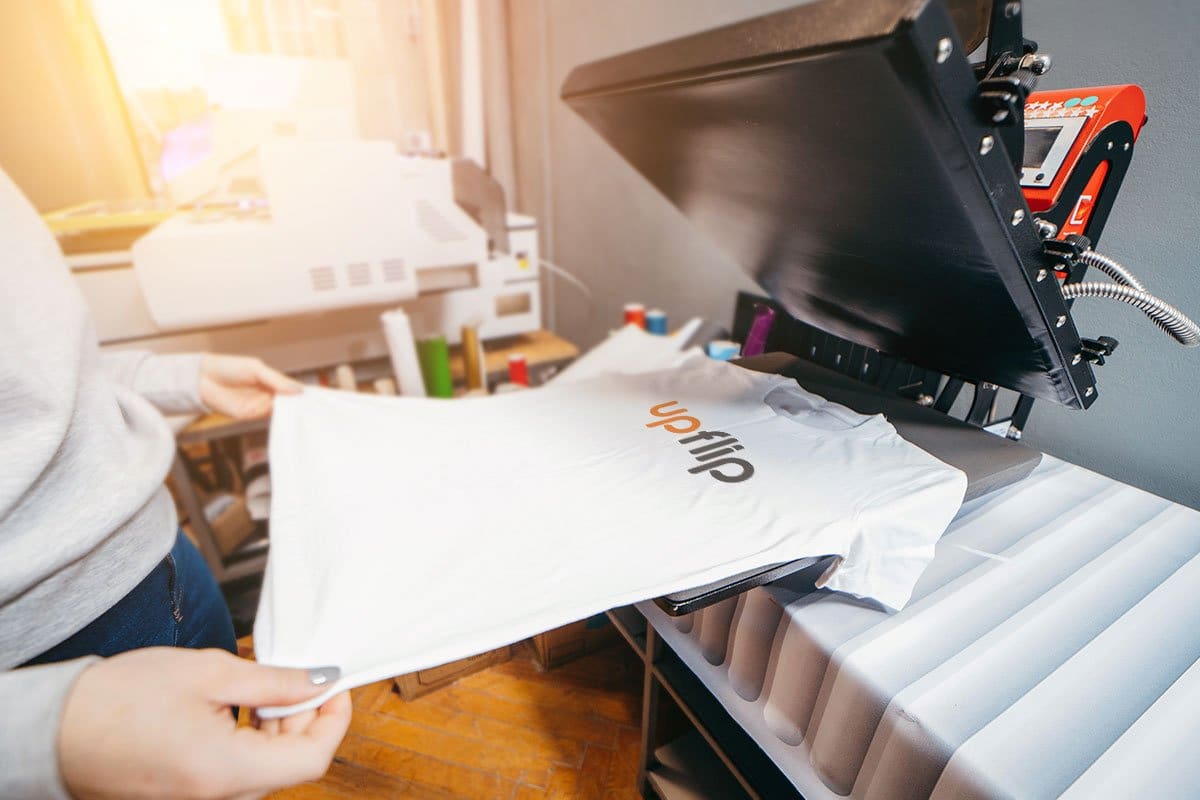
Print-on-demand (POD) is a business model that provides custom designs without carrying inventory. This has caused an upsurge of POD services suited to various interests and customer demands.
A suitable print partner will offer plenty of products, including T-shirts, wall art, phone cases, and more. Manufacturing happens within several days at a reasonable rate, even when the products are personalized to customers. That means it’s ideal for starting an online store!
Print-on-demand is a technology that allows businesses to create unique and attractive designs for their products without the need for inventory management. This process involves third-party companies, which handle printing and shipping.
It’s essential to select an appropriate print-on-demand provider, as it impacts product quality, shipping times, fees charged, and customization options.
Providers also offer eCommerce platform integrations that help improve profits while reducing upfront costs. This can allow sellers to offer goods at competitive prices.
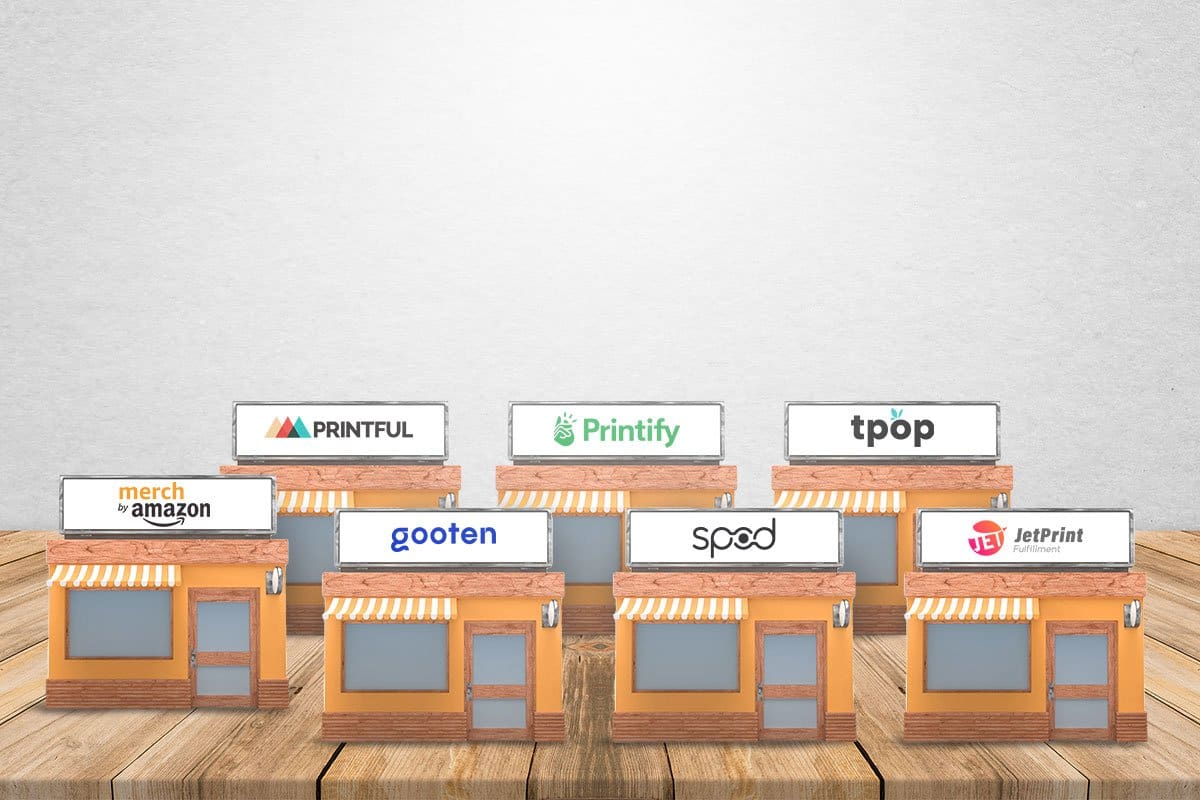
To help you decide which print-on-demand solution your business should use, we have compiled a list of the top print-on-demand companies in 2024. These include:
The following sections will outline the features of each print-on-demand platform so you can select the best partner for your business needs. Once you’re done reading the following sections, you’ll be prepared to make an informed decision about which company you want to work with.
Merch by Amazon is an exclusive POD platform with generous royalties, fast delivery services, and access to Amazon’s large user base.
It gives sellers a unique advantage in the print-on-demand sector by providing swift shipping and allowing sellers to adjust profits and set their margins. The site allows people to design prints for clothing but has limited branding choices (e.g., no branded packaging or product labels).
Merch by Amazon requires acceptance into the program, and many get denied for Amazon print-on-demand.
Printful is renowned for its customization possibilities, connections to well-known eCommerce platforms such as Shopify, WooCommerce, and Etsy, and its extensive selection of items. Companies can personalize their product offerings with custom labels, uniquely designed packaging, and personalized packing slips.
By integrating 17 different eCommerce outlets and five online marketplaces into one system, Printful presents a hassle-free solution for enterprises aiming to broaden their market share.

Printify is one of the highest-rated print-on-demand solutions available for businesses of all sizes.
Thanks to its network reaching over 200 global printing partners, Printify offers a wide selection of custom-designed products—such as apparel, homeware, and accessories—at competitive prices.
This extensive catalog also includes integrations with leading eCommerce platforms. Keep in mind that Printify does not manage labels or pack-ins itself, nor can you store goods there. You might need to test each Printify supplier before outsourcing to them; otherwise, quality control and customer service could be an issue.
Gooten provides a vast selection of customizable goods, fast turnaround times for manufacturing and shipping, and rewards through its loyalty program.
Its fulfillment network links up more than 30 producers in 70+ international locations, which allows businesses to have prints generated swiftly and received promptly by customers.
Although Gooten offers many product options and customization possibilities, the print quality of prototypes may not match those provided by other print-on-demand companies.
SPOD is an excellent choice for those seeking a reliable POD service, competitive prices, and white-label items. More than 90% of orders are fulfilled in 48 hours or less.
Businesses that desire control over shipping rules for upselling and cross-marketing may lean toward SPOD. Unfortunately, the company has fewer print-on-demand products than other POD companies on the list.
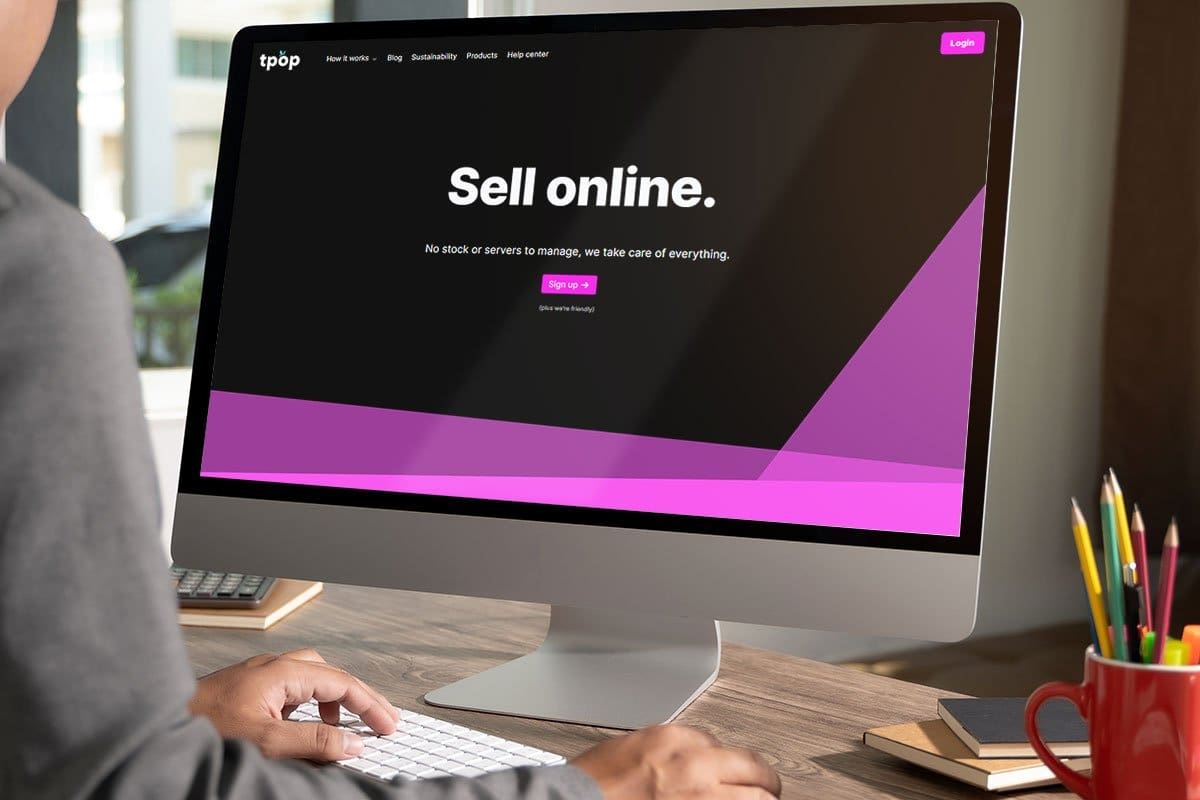
TPop is a European POD provider that specializes in environmentally friendly items and practices, custom designs, and sustainable delivery services.
Its broad range of customization allows you to add pockets or patches to clothing and design the inner linings of hoodies. You might want to choose this print-on-demand service if you are an eco-friendly brand.
Learn more about TPop.
JetPrint offers a comprehensive selection of distinct print-on-demand products like shoes, watches, and jewelry. Plus they have stunning product images and free or express delivery options. With these features, JetPrint allows businesses to build striking visuals and stand out in the print-on-demand marketplace.
Production times may extend from three up to five days, which could affect customer satisfaction levels if you do not adequately disclose the print-on-demand terms in your own store.
Teelaunch is an attractive option for those looking to bring luxury products to their customers. The teelaunch mockup tool produces professional images. Plus their list of goods may enhance your brand and customer loyalty.
Features include an artist bio, follow button, profile pictures, headers, and product personalization.
Like other print-on-demand companies, teelaunch production times range from three to six business days.
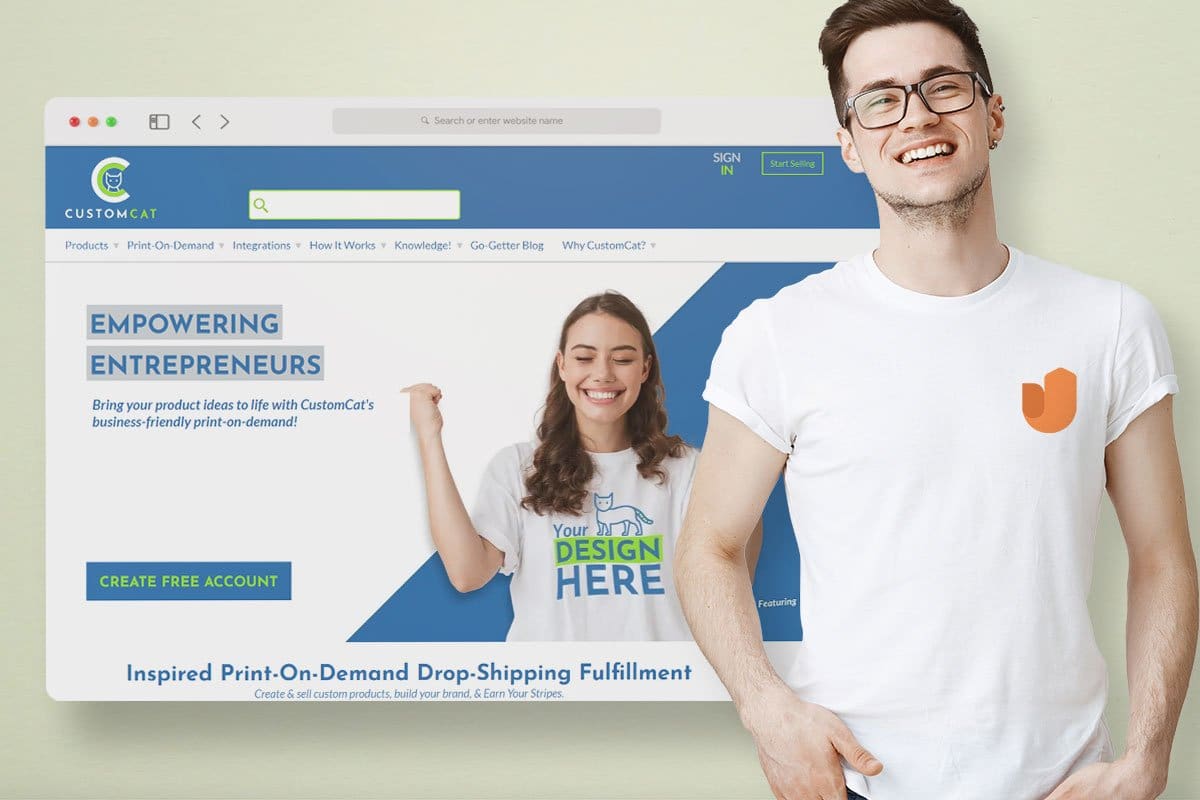
CustomCat offers customers an expansive selection of over 550 print-on-demand products, competitive price plans, and a straightforward design tool to create engaging designs.
Businesses that use CustomCat benefit from product variety as well as an affordable paid plan. But some POD companies provide more customization options than CustomCat currently has available.
Gelato is a well-known print-on-demand company with an array of impressive features. It has 100+ partners across over 200 countries for speedy production and delivery. Meanwhile, its cost-effective local printing options are attractive to customers.
Gelato’s mobile application allows for easy ordering while its tracking capabilities provide updates on shipment progress. Basic analytics offer insight into performance.
Unfortunately, the downside lies in the variable quality, which may undermine customer satisfaction levels. This could be improved upon moving forward.
Businesses can create unique, high-quality custom products with Apliiq. These include digital printing, screen printing for bulk orders, plus cut and sew, appliqué, and embroidery services. This gives entrepreneurs a competitive edge.
Unfortunately, other print-on-demand companies have lower prices than Apliiq.

Now that you’ve gained an understanding of the top POD companies, it’s time to pick one suitable for your business. Consider criteria such as:
A reliable partnership between your business and a print-on-demand company will help cultivate customer satisfaction and improve profit margins (since you won’t have the upfront costs associated with carrying inventory).
Picking out the right POD supplier can make all the difference. Choosing the right customization solutions and pricing points can delight your customers and your pocketbook.
You should test product quality from potential print-on-demand partners before choosing to go with them. Print-on-demand work can vary dramatically, which affects customer satisfaction, revenue, and profit.
Evaluate samples from different companies to find the print-on-demand partner that meets your quality standards. A great design combined with top-notch direct-to-garment printing results will make all the difference!
Premium custom-printed products will help protect your brand and prepare you for long-term success.
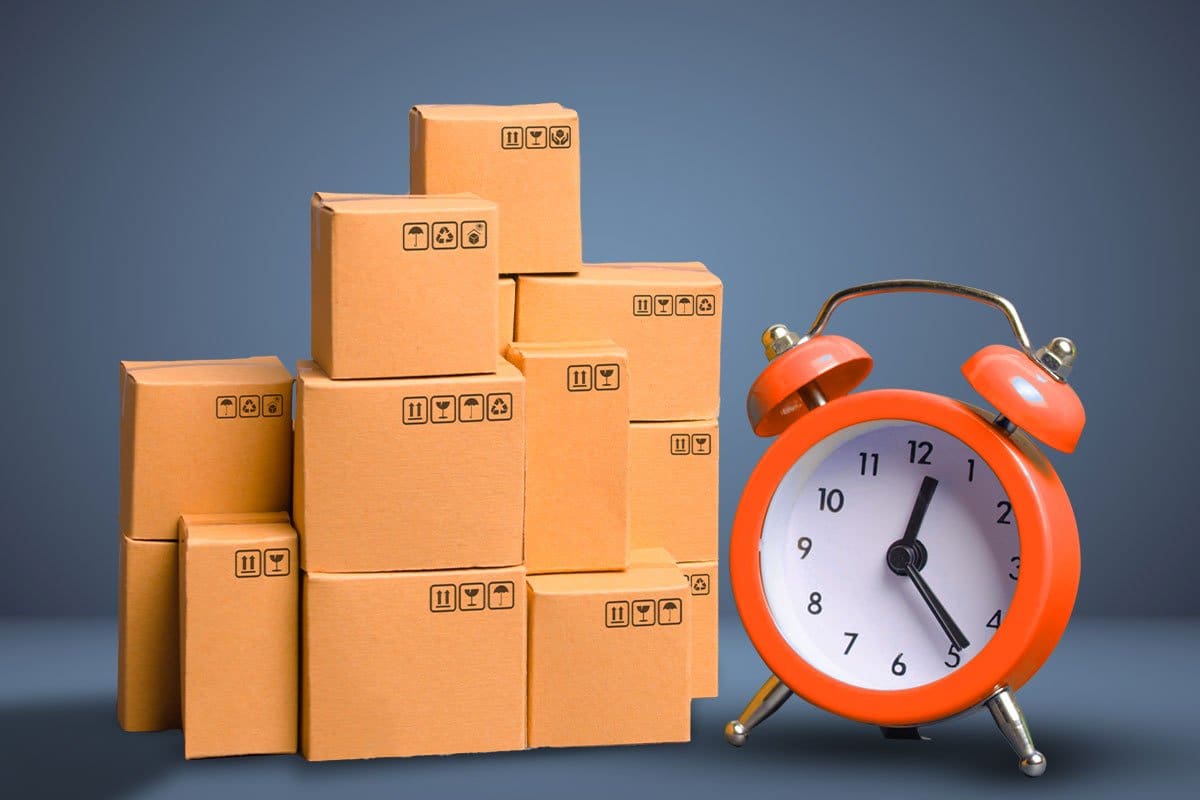
Consider the standard shipping times when you choose which print-on-demand site to use for your online stores.
The time to print and ship can vary dramatically. Using a U.S. factory will be more expensive for each item, but it is far quicker than free global shipping from China.
You’ll also want to pay attention to fulfillment center locations. The shorter the distance between the fulfillment center and the customers, the easier it is to build brand loyalty. Competitive shipping rates can also please potential buyers.
The best print-on-demand offerings can last for years, while cheaper products may be destroyed after a couple of washes. To understand where a prospective POD company falls on that scale, check their prices and fees.
Low fees and prices may mean low-quality items, while higher figures often mean better print-on-demand results.
It will take some trial and error to balance quality and affordability, but don’t worry. Everyone goes through that when selecting print-on-demand sites.
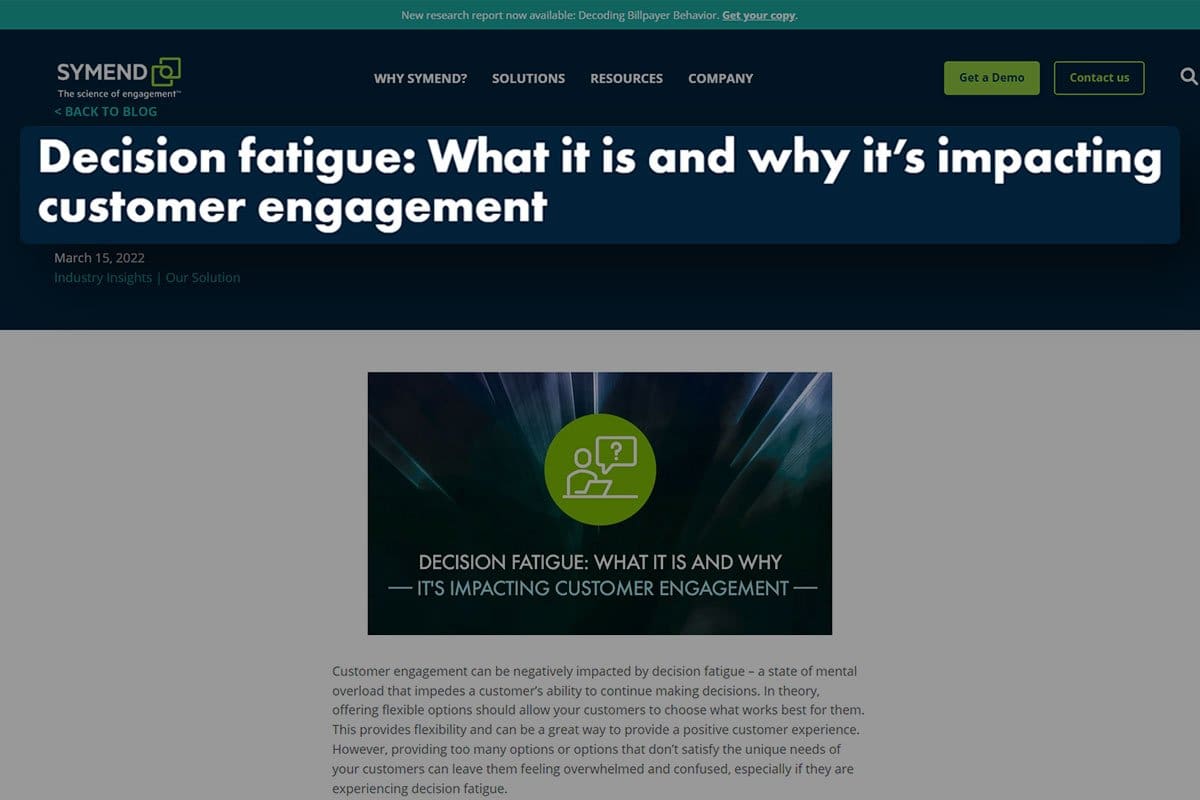
Customization capabilities impact how unique your products are. Search for a POD provider with the specific features you want, including personalization services, product options, and logo branding.
Offering an array of modification choices allows you to create items that consumers feel are more personal. Just don’t go overboard because decision fatigue can cause customers to leave your site.
Having a POD service that integrates with Shopify, WooCommerce, Etsy, and other eCommerce platforms will make it much easier to streamline order management, stock tracking, and customer service.
Connecting the online store with your POD partner makes life simpler by seamlessly integrating these systems. Then your print-on-demand service can efficiently provide support for multi-channel selling.
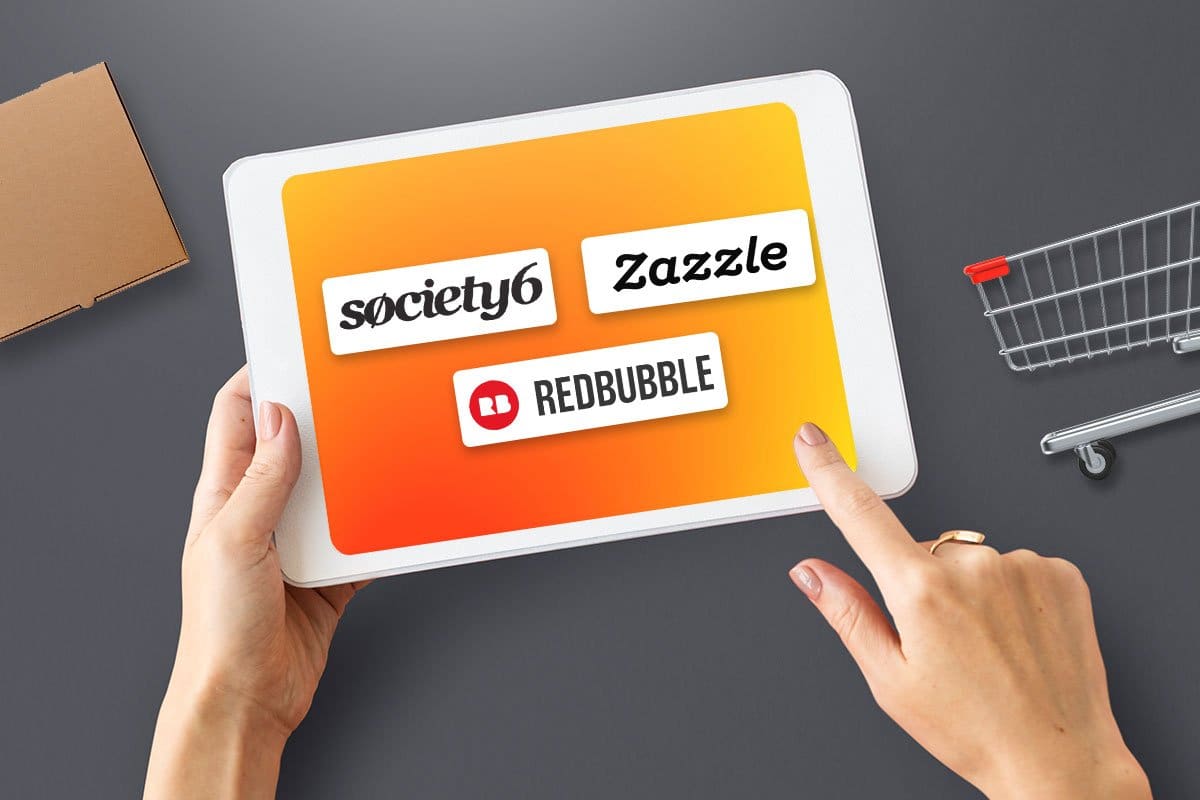
Print-on-demand marketplaces are specifically designed for artists to promote their creations and sell their products in one place. You’ll want to consider:
Let’s look at each print-on-demand marketplace.
Redbubble is a POD eCommerce platform that prioritizes artists who make custom designs. You can create an online store with lots of products and adjustable pricing. You can also set your own profit margins, which some other platforms do not allow.
Other platforms offer better royalties, so it’s vital that creatives consider the pros and cons before choosing Redbubble.
Society6 offers many printed art options and an online community for independent artists to collaborate and receive feedback. It allows artists to design, market, and make money from their artwork (such as wall art or apparel) without worrying about manufacturing and fulfillment.
By joining this print-on-demand marketplace, you can focus solely on honing your craft while growing a faithful customer base that will enable you to profit from what you create.
Society6 carries various unique items, like home decorations, which helps put artwork in front of buyers who love it!
A great benefit of using Zazzle is its personalization and associate programs, offering the ability to customize products with designs in addition to selling artwork you made elsewhere.
Despite these advantages, other print-on-demand marketplaces provide more significant royalties than this platform, so it’s essential to consider all options before committing.
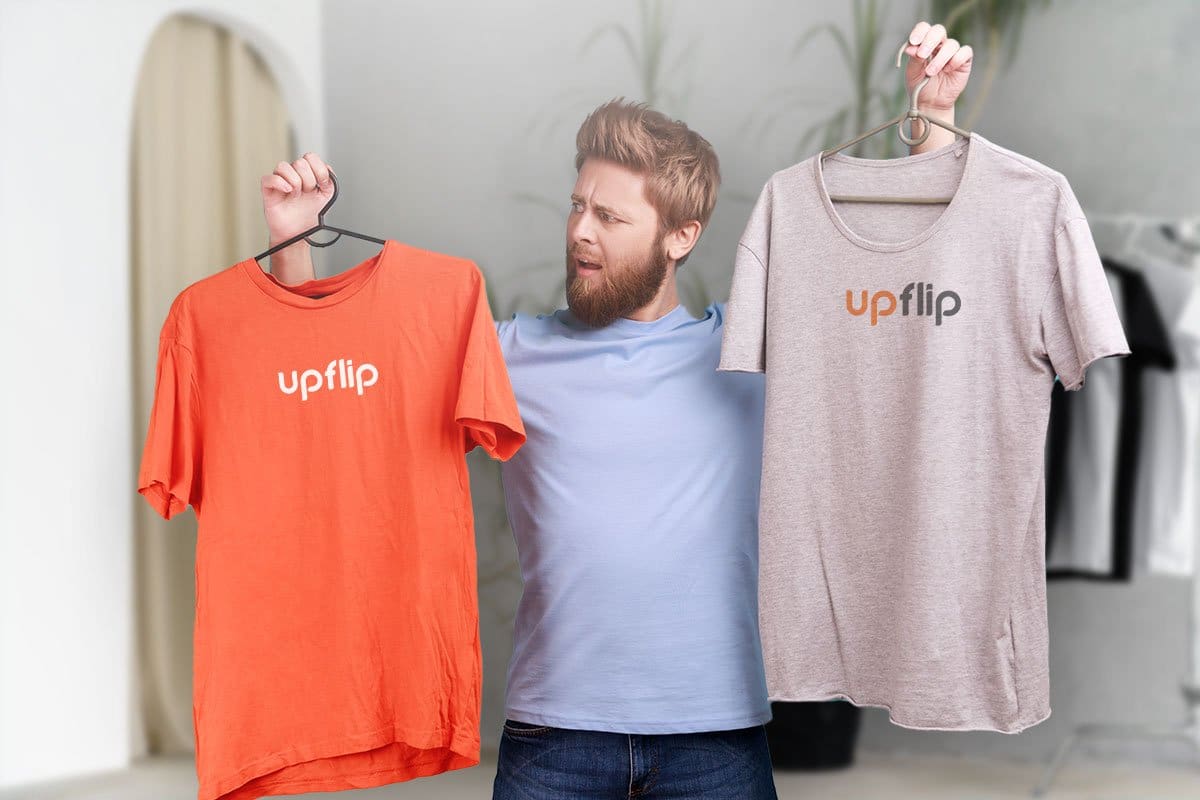
Now that you know about different print-on-demand companies and marketplaces, it’s time to discuss starting your own business with a print-on-demand model. You’ll want to follow the steps below to create your brand.
Before you can start a successful business with a print-on-demand model, you’ll need to identify a niche that reflects your passions and interests. It’s easier to generate your own designs when you are interested in the products your target market wants.
You might narrow your target market by:
Once you’ve chosen your niche, it's time to start designing.
You’ll have to create designs using tools like Canva, Adobe Photoshop, or Illustrator. Creating nice-looking, legible graphics may take some time. Most print-on-demand companies provide design guidelines to make it easier to create quality prints.
Quality products can make it easier to improve product sales and grow your business.

Once you have your designs ready to go, the next step is setting up your online store. To do this, choose an eCommerce platform such as:
Next, you’ll want to integrate your print-on-demand partner into your eCommerce platform. You’ll sync your products, and they’ll appear in your store. This simplifies inventory management, ordering, payments, and customer service.
You can also construct product listings that show off each of your own designs correctly while providing necessary details, like sizing info, material type, and shipping information.
Your shipping costs depend on factors including:
Cost-effective shipping can be a selling point, so make sure to spend some time figuring out the best way to handle your shipping costs.

You’ll need to market your print-on-demand store to become a successful print-on-demand business.
Online sales strategies will normally combine social media, paid ads, and email collection to reach new customers and sell products. You’ll want to use strategies like a loyalty program, subscription boxes, email marketing, and remarketing campaigns to encourage repeat business.
Next, we’re going to answer some of the frequently asked questions about print-on-demand sites.
Several companies that specialize in print-on-demand services integrate with Etsy to give their customers an easier way to manage orders, inventory, and customer service.
Gelato, Printful, Printify, and AOP+ are some of the print-on-demand companies that work with Etsy. By using a POD company compatible with Etsy, you can easily keep track of your products without stressing over order fulfillment or timely delivery.
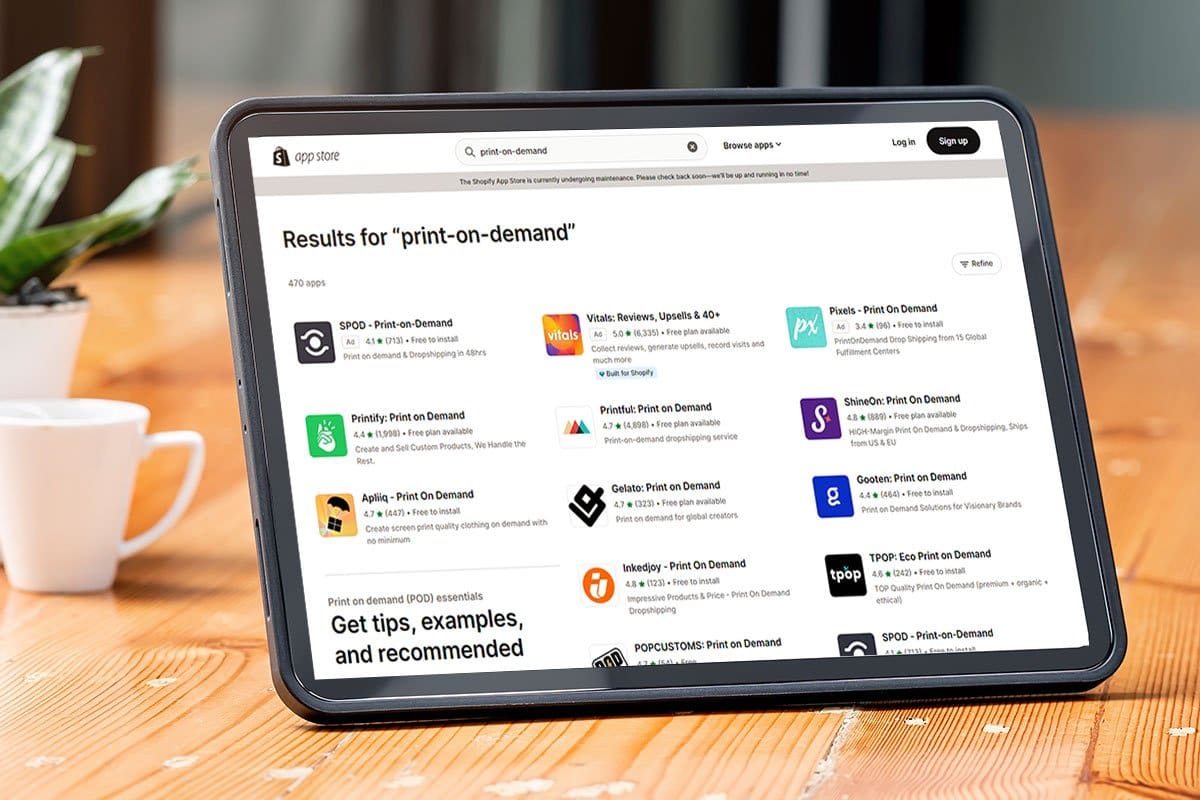
There are over 450 Shopify print-on-demand apps. Shopify print-on-demand apps include:
Merch by Amazon is directly integrated with Amazon and allows people to add custom branding to quality products. You have to be approved, though.
For those with their own website, any print-on-demand companies that are integrated with Shopify can also sell products on Amazon through the Shopify integration.
The print-on-demand industry can be extremely profitable. According to the business research firm IBIS World, the average online store makes about $90K per month.
Logo Unlimited makes $170K per month. Find out how below:
Effective SEO and brand positioning can help entrepreneurs reap potentially lucrative rewards from print-on-demand businesses.
The print-on-demand business model is an amazing way to start a business with no money. You should thoroughly research on-demand printing services to find one that meets your standards for product quality, shipping time, pricing, customization options, and platform integrations.
After you’ve decided which of the print-on-demand services best meet your needs, start designing and selling your products. You can get started with print-on-demand companies in a day and start making money fast.
Have you created print-on-demand shirts? What do you think are the best print-on-demand companies?
 “Business consultant" is the most generic of the consulting terms. People describe themselves this way primarily when they are giving a quick answer of what they do. A business consultant is focused on helping companies solve problems that the owner or team doesn’t have the knowledge, time, or experience to solve. They will normally fall into one of the other categories that we discuss below because one person can’t successfully solve all problems.
“Business consultant" is the most generic of the consulting terms. People describe themselves this way primarily when they are giving a quick answer of what they do. A business consultant is focused on helping companies solve problems that the owner or team doesn’t have the knowledge, time, or experience to solve. They will normally fall into one of the other categories that we discuss below because one person can’t successfully solve all problems.
 A financial consultant advises businesses and people on financial matters to help them better achieve their goals. They might provide services like:
A financial consultant advises businesses and people on financial matters to help them better achieve their goals. They might provide services like:
 A Human Resources consultant might help businesses:
A Human Resources consultant might help businesses:
 Sales consultants help businesses improve their performance by increasing the sales team effectiveness. These consultants will:
Sales consultants help businesses improve their performance by increasing the sales team effectiveness. These consultants will:
 Accounting consultants are similar to financial consultants because they advise companies on how to improve their financial position by:
Accounting consultants are similar to financial consultants because they advise companies on how to improve their financial position by:

 According to Upwork, the best business consultants will normally charge between $25 and $200 per hour. The chart below displays the range of hourly rates. Half of business consultants on Upwork charge over $85 per hour with an average of $92.04, but some charge even more.
When looking for a business consultant, IT can pay $500 to $1,000 per hour to find solutions depending on your skills. It’s far more important to be the right consultant than to set your hourly rate at market value. After all, if you can solve a problem in an hour that takes a lower-cost consultant a day, you should be able to make the same amount for solving the problem.
According to Upwork, the best business consultants will normally charge between $25 and $200 per hour. The chart below displays the range of hourly rates. Half of business consultants on Upwork charge over $85 per hour with an average of $92.04, but some charge even more.
When looking for a business consultant, IT can pay $500 to $1,000 per hour to find solutions depending on your skills. It’s far more important to be the right consultant than to set your hourly rate at market value. After all, if you can solve a problem in an hour that takes a lower-cost consultant a day, you should be able to make the same amount for solving the problem.
| Dollars | Percent | |
| Revenue | $388,439.00 | 100.00% |
| Wage | $160,000.00 | 41.19% |
| Gross | $228,439.00 | 58.81% |
| Rent | $15,926.00 | 4.10% |
| Utilities | $1,165.32 | 0.30% |
| Marketing | $6,603.46 | 1.70% |
| Purchases | $22,917.90 | 5.90% |
| Depreciation | $3,884.39 | 1.00% |
| Other Costs | $141,391.80 | 36.40% |
| Expenses (Excl. Wages) | $191,888.87 | 49.40% |
| Profit | $36,550.13 | 9.41% |
| Profit+Rent+Utilities+Dep | $57,525.84 | 14.81% |
 Whether management consultants work for themselves or for a consulting agency, clients still view a bachelor’s degree as a minimum to establish you have the expertise, skills, and most importantly patience to provide consultancy services. Not all schools are created equal, however. Check out the U.S. News and World Report’s top business schools. Consider fields like business administration, data analysis, finance, marketing, HR, or economics.
Whether management consultants work for themselves or for a consulting agency, clients still view a bachelor’s degree as a minimum to establish you have the expertise, skills, and most importantly patience to provide consultancy services. Not all schools are created equal, however. Check out the U.S. News and World Report’s top business schools. Consider fields like business administration, data analysis, finance, marketing, HR, or economics.
 You’ll want to perform the following tasks if you want to join the ranks of consulting companies.
You’ll want to perform the following tasks if you want to join the ranks of consulting companies.
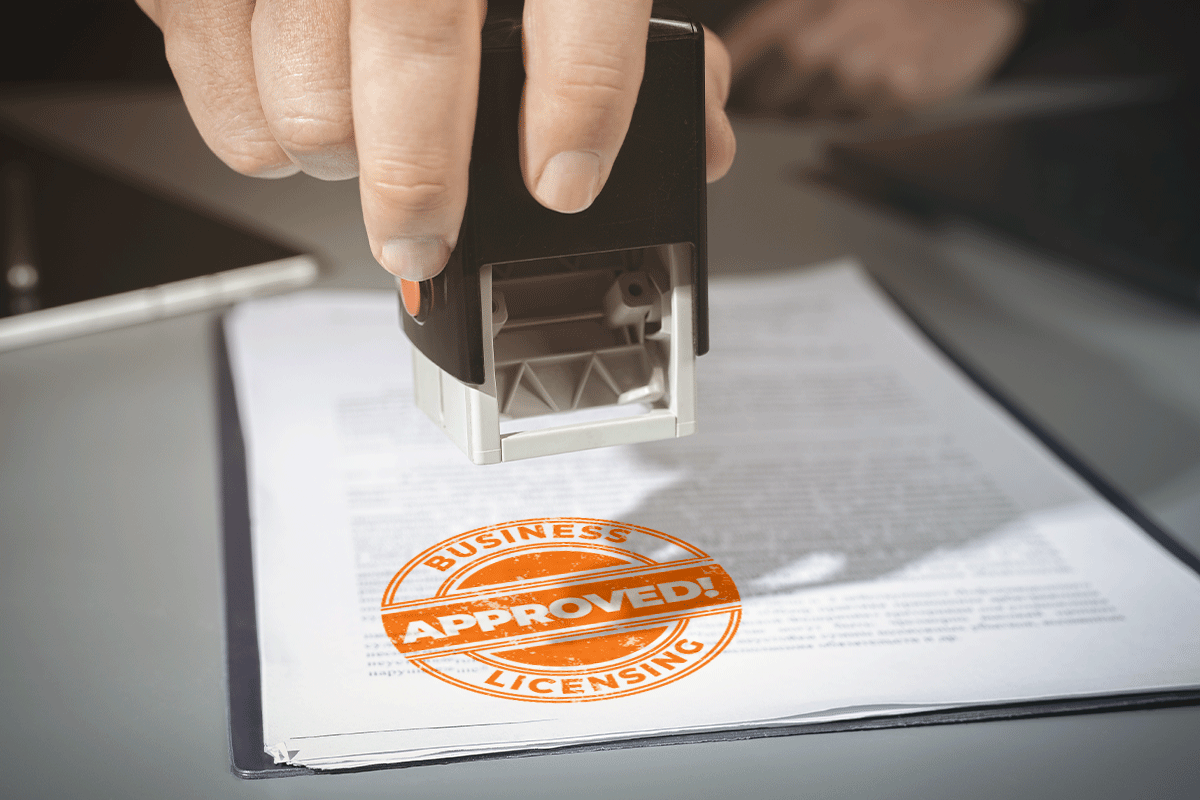 You’ll want to perform the following tasks before operating a consulting business.
Some states may require you to pay taxes on services or an income tax. Check with your state business bureau or a tax consultant to understand what you’ll need on a tax reporting basis.
You’ll want to perform the following tasks before operating a consulting business.
Some states may require you to pay taxes on services or an income tax. Check with your state business bureau or a tax consultant to understand what you’ll need on a tax reporting basis.
 You’ll want a template for proposals that documents:
You’ll want a template for proposals that documents:
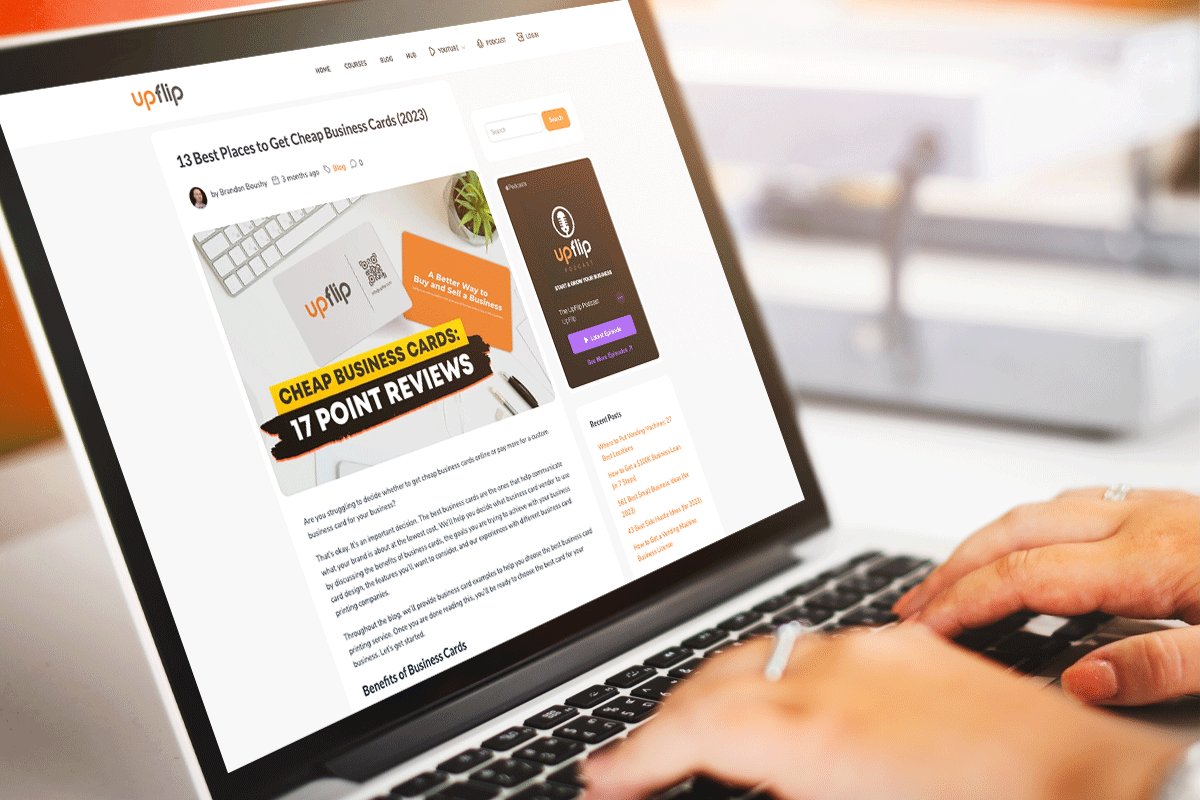 In addition to a website, you should market that you’re a consultant. Some of the ways you can market your business include:
In addition to a website, you should market that you’re a consultant. Some of the ways you can market your business include:
 One of the keys to growth is showing how what you do helps others. There’s no better way to do that than to ask for feedback. Create a survey that you send with every invoice. Get feedback on what you did well and what you can improve. Don’t forget to include the Google Business Reviews link.
If a project was something other customers would find interesting, turn it into a case study and use quotes from the customers. Check out this survey from Darby Consulting for inspiration.
One of the keys to growth is showing how what you do helps others. There’s no better way to do that than to ask for feedback. Create a survey that you send with every invoice. Get feedback on what you did well and what you can improve. Don’t forget to include the Google Business Reviews link.
If a project was something other customers would find interesting, turn it into a case study and use quotes from the customers. Check out this survey from Darby Consulting for inspiration.
 Every business should have a business card. Some of the reasons to have one include:
Every business should have a business card. Some of the reasons to have one include:
 Business cards come in different quantities. The more you buy, the less each unit costs. Depending on the type of business card and provider, you may be able to order in quantities of:
[su_table responsive="yes" alternate="no" fixed="yes"]
Business cards come in different quantities. The more you buy, the less each unit costs. Depending on the type of business card and provider, you may be able to order in quantities of:
[su_table responsive="yes" alternate="no" fixed="yes"]
| 10 Business Cards | 100 Cards | 1,000 Business Cards | 10,000 Cards |
| 25 Cards | 250 Business Cards | 2,500 Cards | 25,000 Business Cards |
| 50 Business Cards | 500 Cards | 5,000 Business Cards | Or More! |
 While this business card example makes an impression, unique shapes may have storage challenges and get damaged easier than standard business card shapes. Based on my experience, rounded corners (sometimes called rounded edges) are the most durable of the product options based on pricing.
While this business card example makes an impression, unique shapes may have storage challenges and get damaged easier than standard business card shapes. Based on my experience, rounded corners (sometimes called rounded edges) are the most durable of the product options based on pricing.
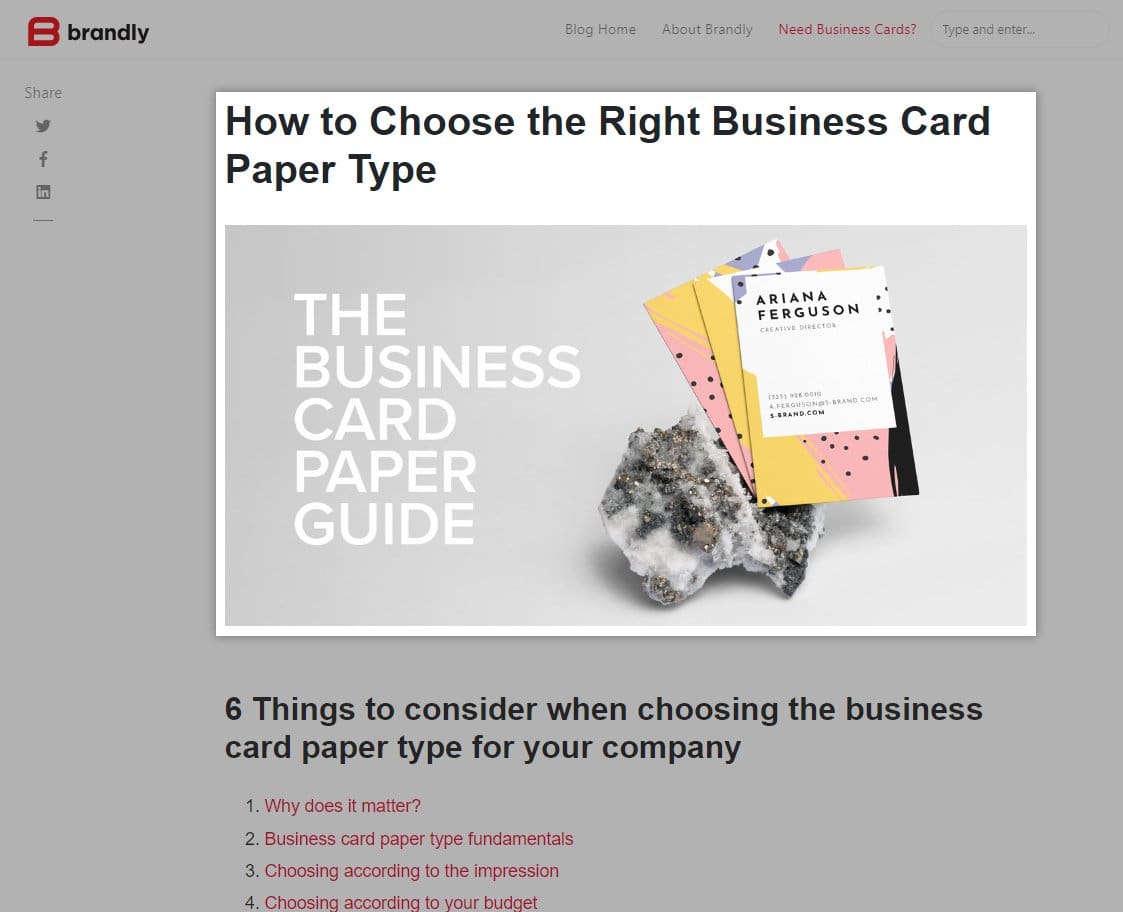 When you talk about business card stock, you are talking about the thickness of the materials. According to Brandly business cards are typically rated in points (pt.) and range from 11 pt. to 34 pt. Most business card printing companies use 14pt. to 16 pt. paper, but thick card stock tends to resist bending and creasing. The corners hold up better than thin paper stock, too.
When you talk about business card stock, you are talking about the thickness of the materials. According to Brandly business cards are typically rated in points (pt.) and range from 11 pt. to 34 pt. Most business card printing companies use 14pt. to 16 pt. paper, but thick card stock tends to resist bending and creasing. The corners hold up better than thin paper stock, too.
 These are similar to bar codes except they are square. I mentioned them briefly before, but QR codes are one of the greatest business automation tools I can have ever seen. You can use them for anything if you customize them right.
These are similar to bar codes except they are square. I mentioned them briefly before, but QR codes are one of the greatest business automation tools I can have ever seen. You can use them for anything if you customize them right.
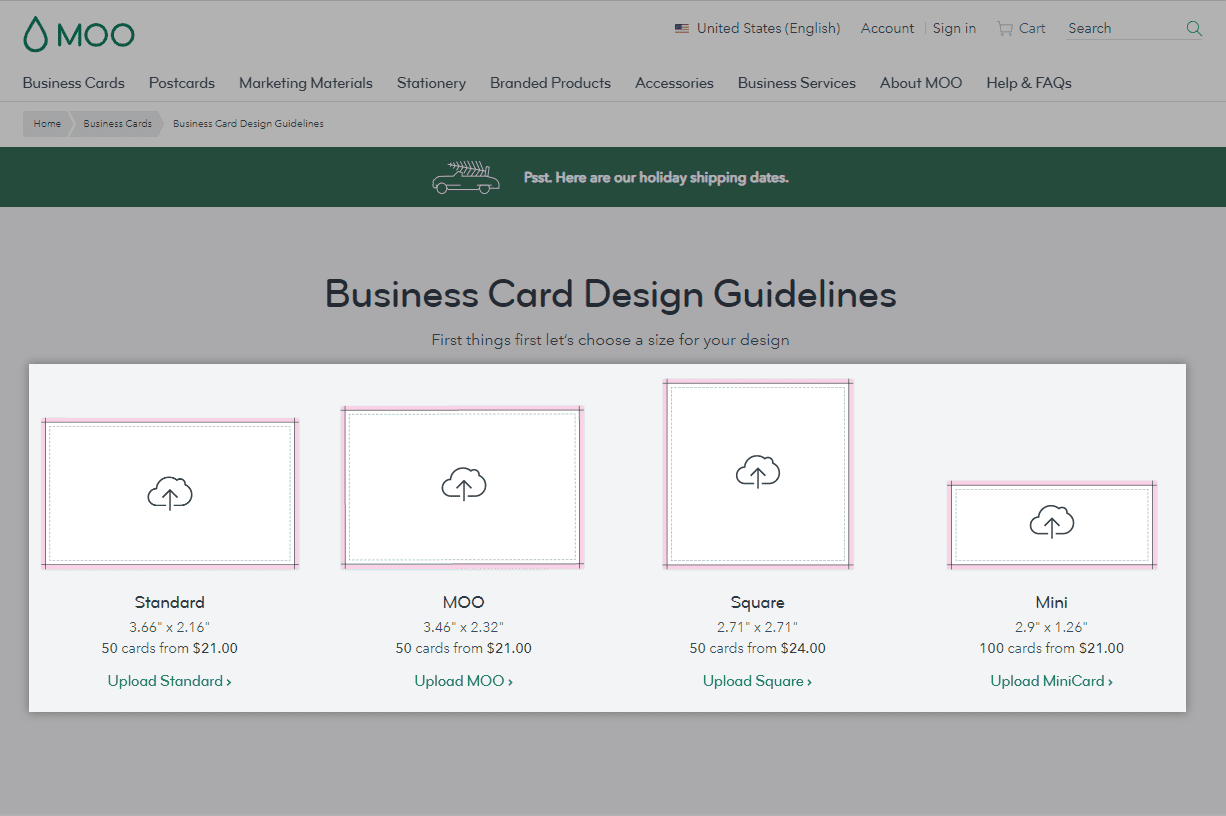 Each business card printing service will have its own professionally designed templates that small businesses can use to create standard business cards. For instance, VistaPrint has millions of variations for standard business cards when you customize based on the design, stock, finish, and other options.
If you want custom business cards, printing services often have a professional graphic designer on staff that can help you for an additional cost. They will also provide guidance on the sizing templates to create your own design. Moo offers templates for custom design using:
[su_note note_color="#dbeafc"]
Each business card printing service will have its own professionally designed templates that small businesses can use to create standard business cards. For instance, VistaPrint has millions of variations for standard business cards when you customize based on the design, stock, finish, and other options.
If you want custom business cards, printing services often have a professional graphic designer on staff that can help you for an additional cost. They will also provide guidance on the sizing templates to create your own design. Moo offers templates for custom design using:
[su_note note_color="#dbeafc"]
 Another factor that impacts pricing is how quickly you need the business cards printed. You can normally find a much better price online. It may even come with free shipping depending on the size of your order.
That won’t work if you need a same-day printing service. You’ll have to go local when you need business cards fast. You’ll want to consider the following companies for the best, fast business cards:
Another factor that impacts pricing is how quickly you need the business cards printed. You can normally find a much better price online. It may even come with free shipping depending on the size of your order.
That won’t work if you need a same-day printing service. You’ll have to go local when you need business cards fast. You’ll want to consider the following companies for the best, fast business cards:
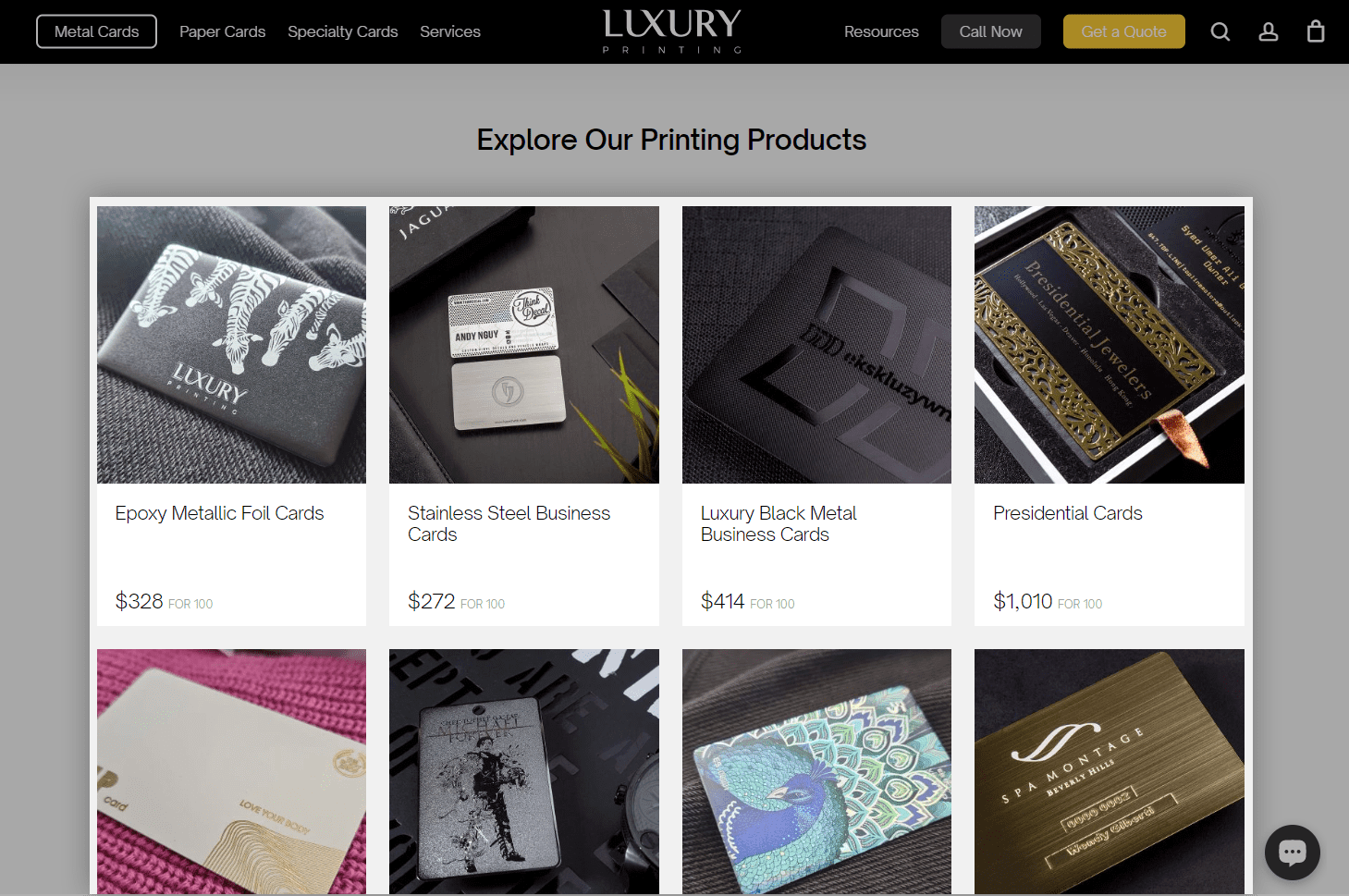 You can find cheap and even free business cards, but you might not like the quality. There are online deals where you can get professional business cards for as low as a penny per card when you buy $500, but if you want higher quality custom business cards, you can spend up to $153K for 100 business cards with diamonds. If you want to make a real first impression, check out the Black Astrum cards.
Now that we’ve covered the customization options that go into the price of modern designs, let’s look at some of the best inexpensive business cards.
You can find cheap and even free business cards, but you might not like the quality. There are online deals where you can get professional business cards for as low as a penny per card when you buy $500, but if you want higher quality custom business cards, you can spend up to $153K for 100 business cards with diamonds. If you want to make a real first impression, check out the Black Astrum cards.
Now that we’ve covered the customization options that go into the price of modern designs, let’s look at some of the best inexpensive business cards.
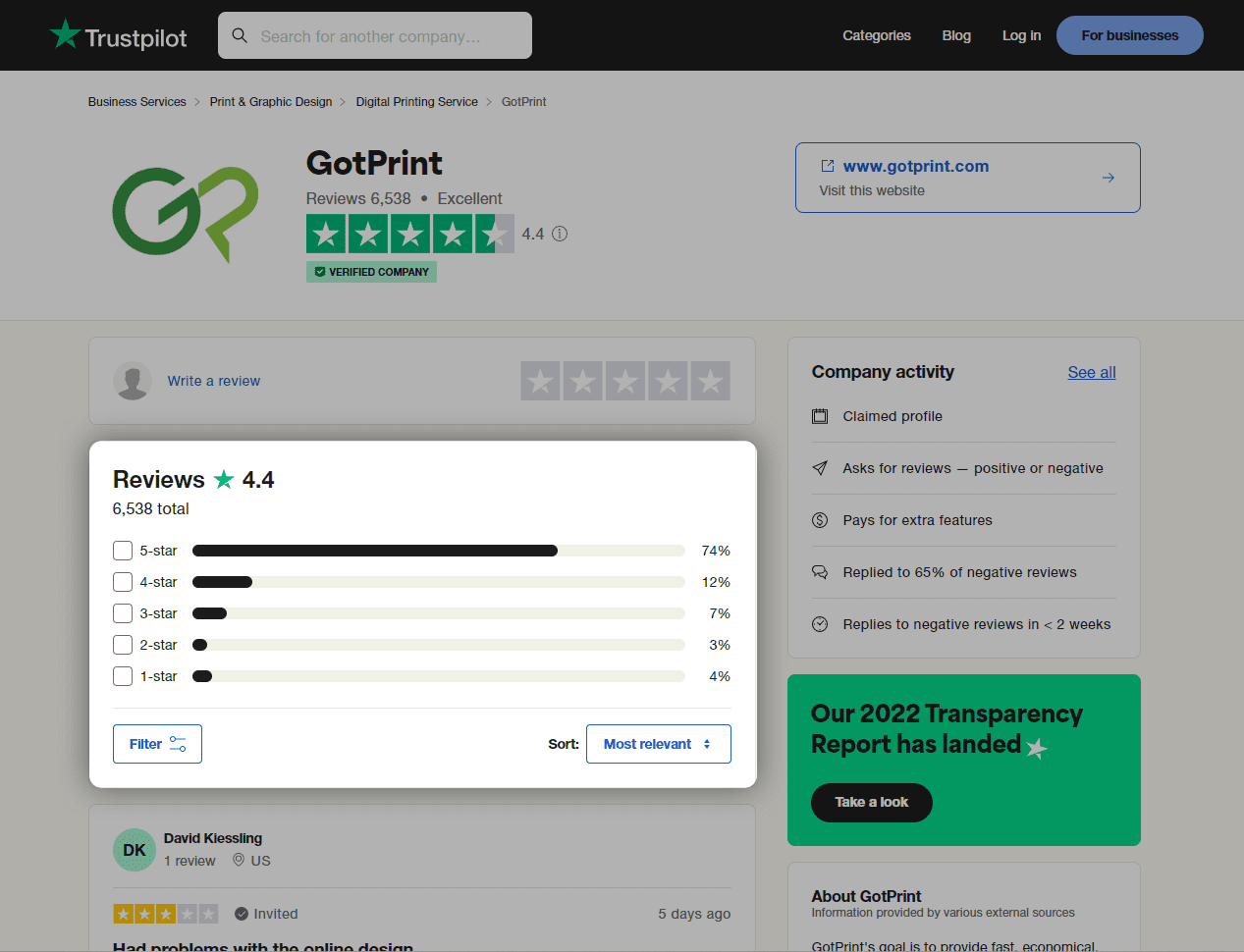 GotPrint has a 4.5-star rating from Trustpilot from over 6,000 customers. They offer a wide selection of design options and templates to customize and offer 100 standard business cards for about $10. If you need more, you can order up to 100,000 standard business cards. They also offer custom design, elegant finish options, and 500 business card magnets at a great price.
GotPrint has a 4.5-star rating from Trustpilot from over 6,000 customers. They offer a wide selection of design options and templates to customize and offer 100 standard business cards for about $10. If you need more, you can order up to 100,000 standard business cards. They also offer custom design, elegant finish options, and 500 business card magnets at a great price.
 Moo is focused on quality and they definitely deliver. They aren’t exactly low-cost, nor are they the fastest business card maker. They are the highest rated on Trustpilot and have the most reviews. You can get 50 cards for about $20 or 400 unique business cards for around $120. Literally, each card can have its own picture on it using Printfinity. Another reason Moo is one of the best business card makers is that they offer full branding services.
I have personally ordered from them before and love their quality. The full-color pictures are amazing for photographers, but Moo is more expensive.
Moo is focused on quality and they definitely deliver. They aren’t exactly low-cost, nor are they the fastest business card maker. They are the highest rated on Trustpilot and have the most reviews. You can get 50 cards for about $20 or 400 unique business cards for around $120. Literally, each card can have its own picture on it using Printfinity. Another reason Moo is one of the best business card makers is that they offer full branding services.
I have personally ordered from them before and love their quality. The full-color pictures are amazing for photographers, but Moo is more expensive.
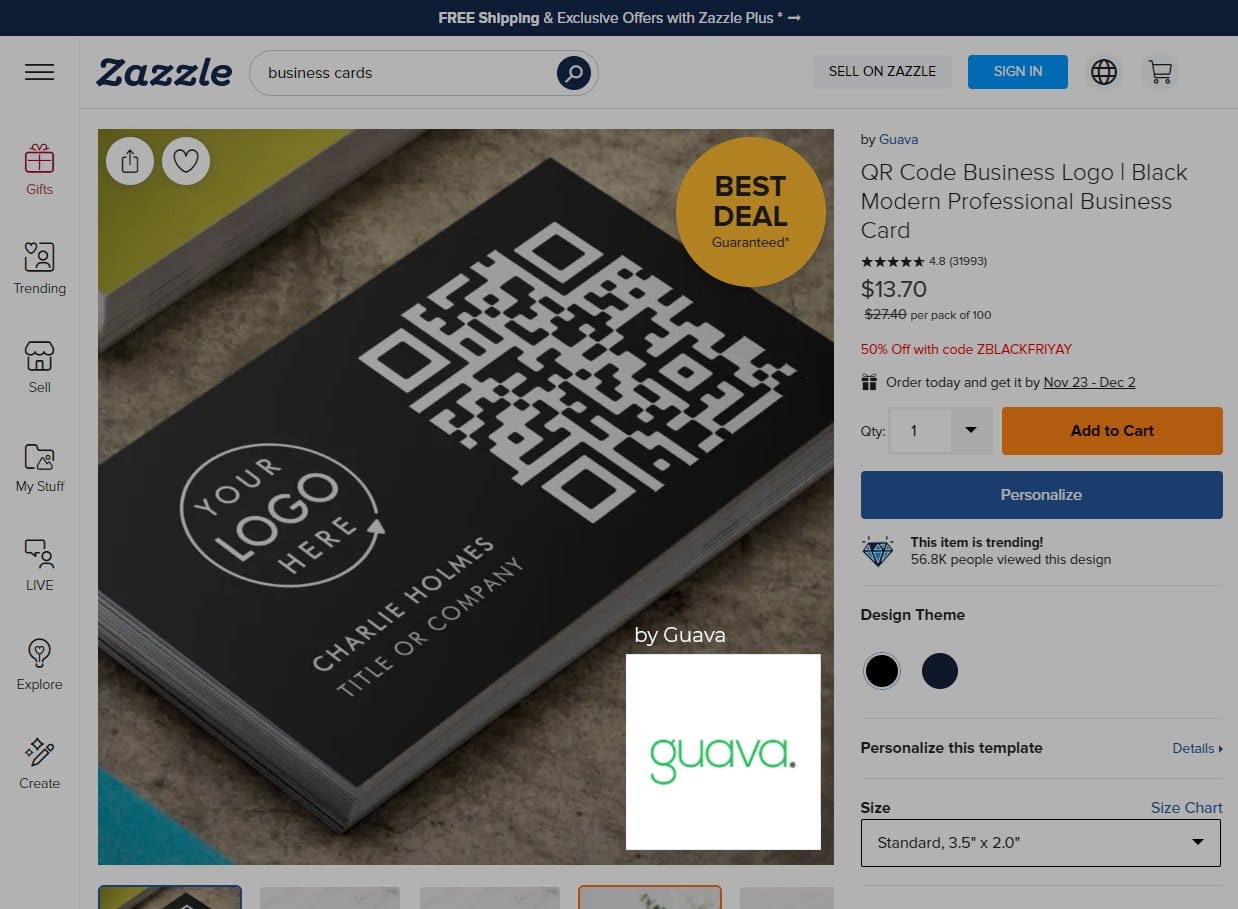

 If you are looking to get your cards fast and save some money, Elite Flyers is one of the better pricing and speed performance options for expedited orders and shipping. The price is best when you buy higher volumes. They have reasonable rates and lots of options. Design starts around $50 if you need help creating a business card.
Their most unique offering is the Lenticular Business Card for 3D images with up to 30 morphing positions. These stand out among the other providers because they use screens that can tell a story.
They would have ranked higher if they had more reviews, but without personally testing them I can’t rank them as high as I would like. I personally want to test the Lenticular cards.
If you are looking to get your cards fast and save some money, Elite Flyers is one of the better pricing and speed performance options for expedited orders and shipping. The price is best when you buy higher volumes. They have reasonable rates and lots of options. Design starts around $50 if you need help creating a business card.
Their most unique offering is the Lenticular Business Card for 3D images with up to 30 morphing positions. These stand out among the other providers because they use screens that can tell a story.
They would have ranked higher if they had more reviews, but without personally testing them I can’t rank them as high as I would like. I personally want to test the Lenticular cards.
Your advice was very relatable with the truth of real business. There is no way to earn money without skills.We should work hard smartly.
How many cheese
Chezburga
good
Hi how to open selling business online and with how much should I have
I have invested in poutry farming and I started for the 1000 layer chickens by use $1000 after the one I would get $1600 so I proud of that my poutry farming
Start new business using blog
I want learning start new business using blog
 Inbox
Inbox 
Learn from business failures and successes in 5 min or less. The stories, frameworks, and tactics that will make you a 10x better founder.
 Join our 45,000+ entrepreneurs
Join our 45,000+ entrepreneurs